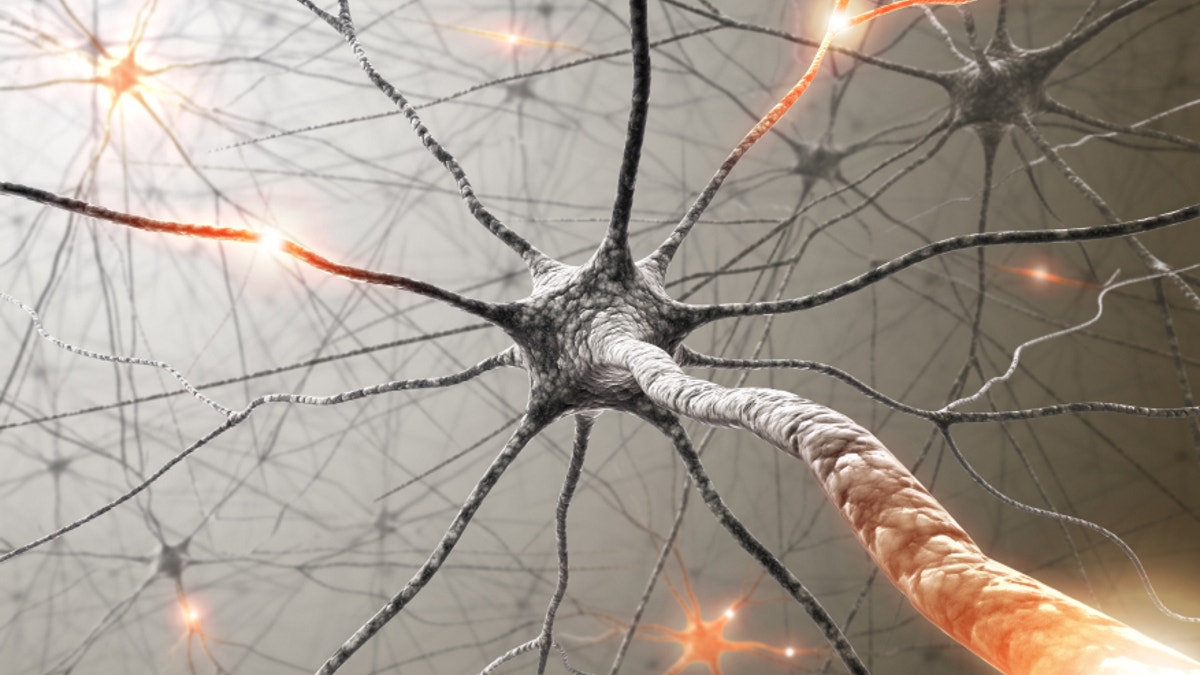
For decades, researchers have been trying to determine when brain changes associated with Alzheimer’s disease first begin in patients. Now, a new study has revealed these variations may occur as early as 6 months of age.
In a new report published in JAMA Neurology, researchers have revealed that infants who carry the gene APOE-E4 – a variant associated with an increased risk for Alzheimer’s disease – also tend to have differences in brain development compared to children who don’t have the gene.
The apolipoprotein E (APOE) gene comes in three different versions (alleles) – E2, E3 and E4 – with the E3 version being the most common. The E4 allele is present in 25 percent of the U.S. population, and it has long been known to increase an individual’s risk for late-onset Alzheimer’s. While not everyone who carries the gene is guaranteed to develop the brain-wasting disease, 60 percent of people diagnosed with Alzheimer’s carry at least one copy of the E4 gene variant.
The gene is believed to play several different roles in the brain, but the mechanisms behind its involvement in Alzheimer’s disease are still not fully understood.
“We’re not really sure what that gene does; why does it confer risk?” senior author Sean Deoni, who oversees Brown University’s Advanced Baby Imaging Lab, told FoxNews.com. “We don’t have a good handle on that. The hypothesis is that it’s involved in the maintenance of myelin sheath” – the insulating layer surrounding the nerves in the brain and spinal cord.
Since Alzheimer’s and other neurodegenerative diseases are known to cause damage to the myelin sheath, Deoni said it’s possible that individuals with the E4 allele have reduced repair capacity in their brains – making it harder for their myelin to heal once it has been impaired. With this idea in mind, Deoni and his team theorized that APOE-E4 might also be involved in myelin development earlier in life.
“One way to look at that is if you wind the clock back, if this is involved in myelin maintenance, is it involved in laying down this myelin sheath during development?” Deoni said.
In order to test their hypothesis, the researchers imaged the brains of 162 healthy infants between the ages of 2 months and 25 months. Each child was also given a DNA test which revealed that 60 of the infants carried the E4 gene variant, while the others had the E3 variant.
To conduct their brain scans, the team used a special magnetic resonance imaging (MRI) technique that had been developed at Brown’s Advanced Baby Imaging Lab. The method involves silencing the MRI scanner as much as possible, making the mechanical hum barely as loud as a whisper. This allowed the scientists to bypass medication and scan the babies’ brains while they slept.
The MRI scans allowed the researchers to plot the development of the infants’ gray matter – the part of the brain containing the nerves and nerve fibers – and white matter – the insulating layer of the brain containing the myelin. After comparing the scans, the researchers noticed stark differences in the brains of the E4 carriers and the E3 carriers.
“What we found was that the E4 carriers laid this myelin sheath down really rapidly during the first 6 months of life and they have more myelin than E3 carriers,” Deoni said. “Then just after a year, the E3 carriers have caught up [with myelin production, and then at 2 and a half years, the E3 carries have accelerated beyond the E4 carriers. So at developmental rates, the E3 carriers come on later, but they are faster once [the myelin] is laid down.”
Deoni noted that the results do not mean that the infants with APOE-E4 are destined to develop Alzheimer’s when they grow older. In fact, as the researchers continue to follow the babies' development, both the E3 and E4 carriers are performing similarly in terms of cognitive function and behavior. Instead, the study’s findings reveal more about the function of the E4 allele and how it may potentially relate to Alzheimer’s later on in life.
“It definitely seems this gene – and this allele in particular – is involved in something going on with brain development,” Deoni said. “….We tend to argue that there’s some sort of evolutionary advantage to having [the E4 allele], so it’s possible that the advantage is they develop more quickly initially, but as a consequence they sort of shut down a little bit later on.”
According to the Alzheimer’s Association, more than 5 million seniors are living with Alzheimer’s disease, and it is currently the sixth leading cause of death in the United States. Deoni said that many researchers have been working backwards, trying to determine when brain differences associated with the condition first occur, but the earliest age range they’ve identified is the late 20s and early 30s. Now, these new findings indicate that brain changes associated with the disease may start as early as infancy.
“It’s clear now that this gene at least is doing something early on,” Deoni said. “If we can understand that, it gives us a better understanding of why it increases the risk for Alzheimer’s, and it gives us an early window to do something about it – instead of waiting 60 years when cognitive symptoms are taking effect.”
